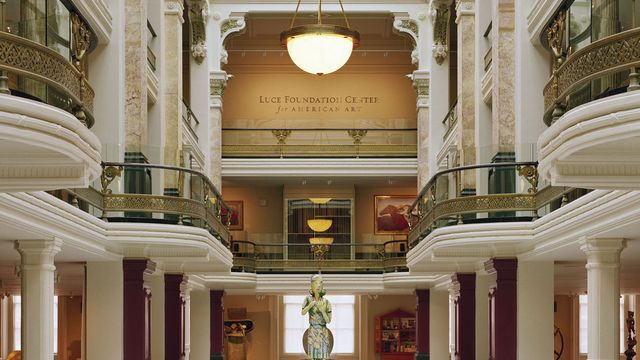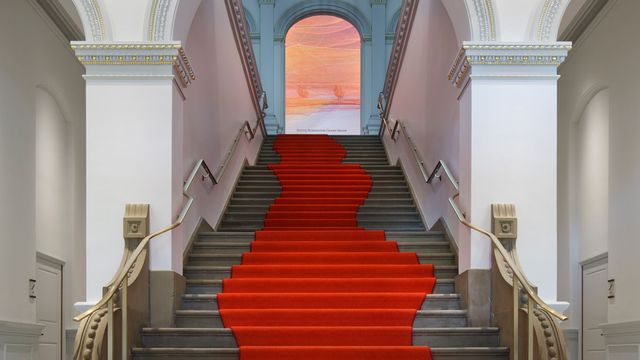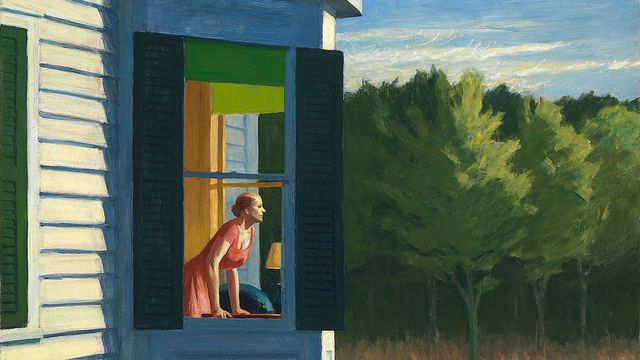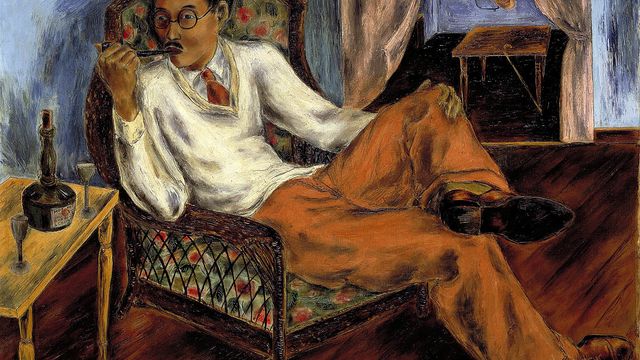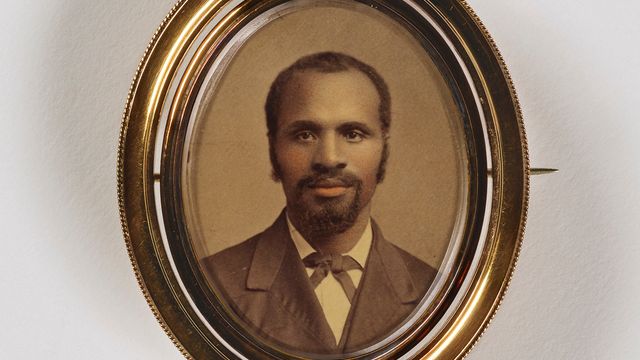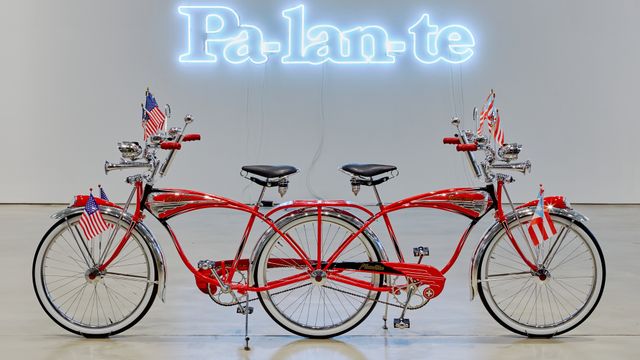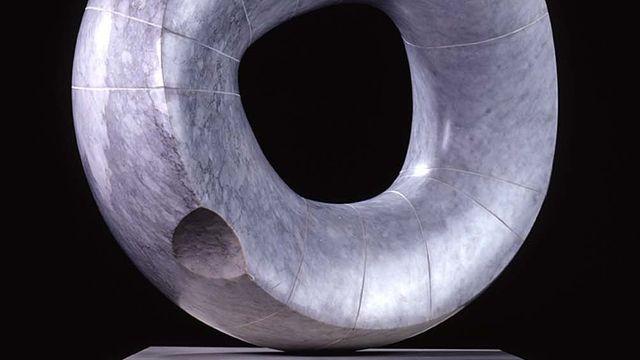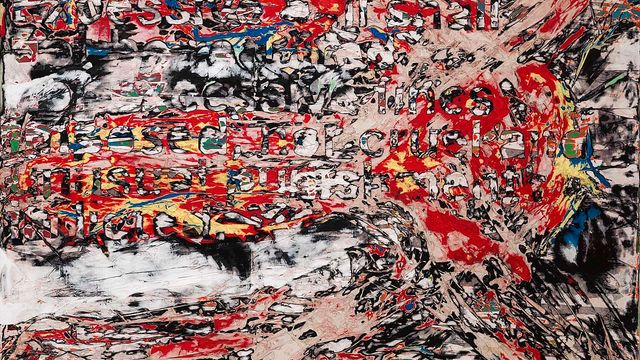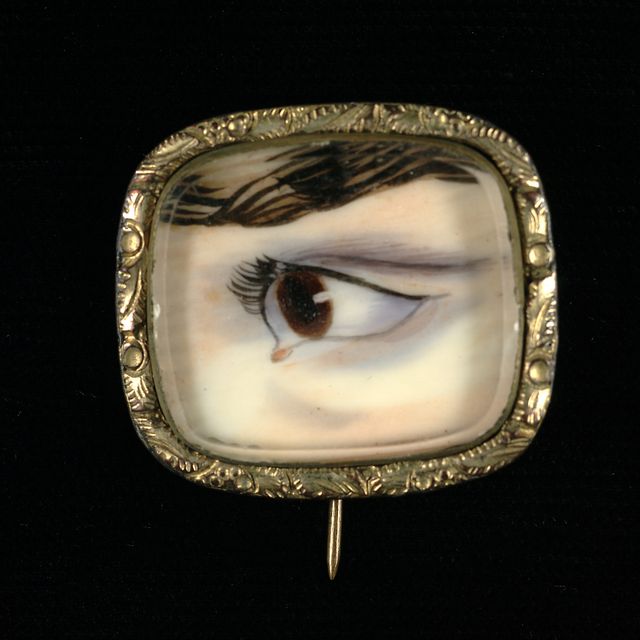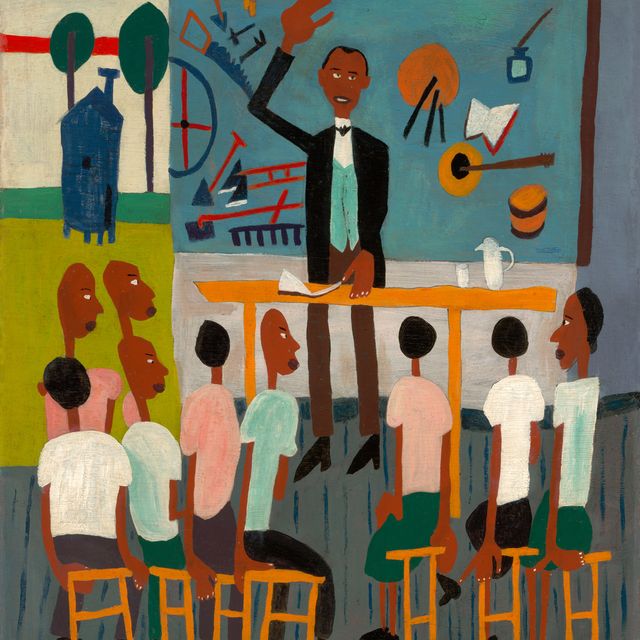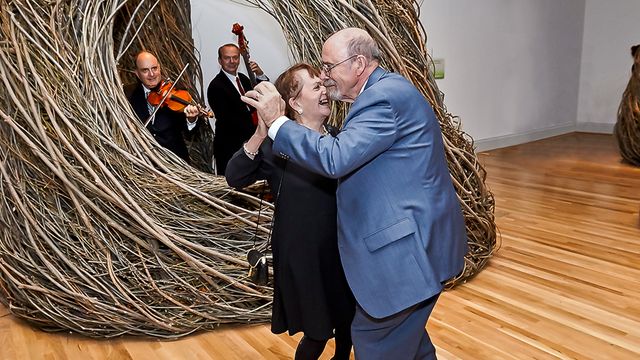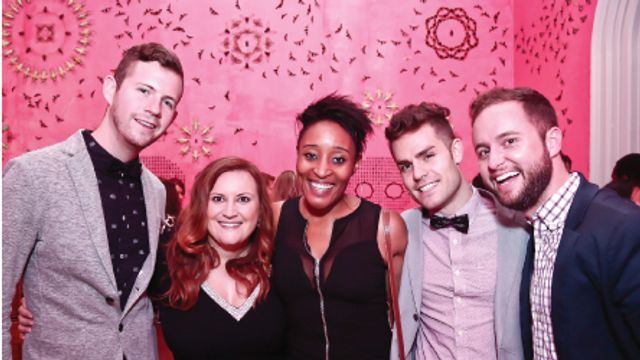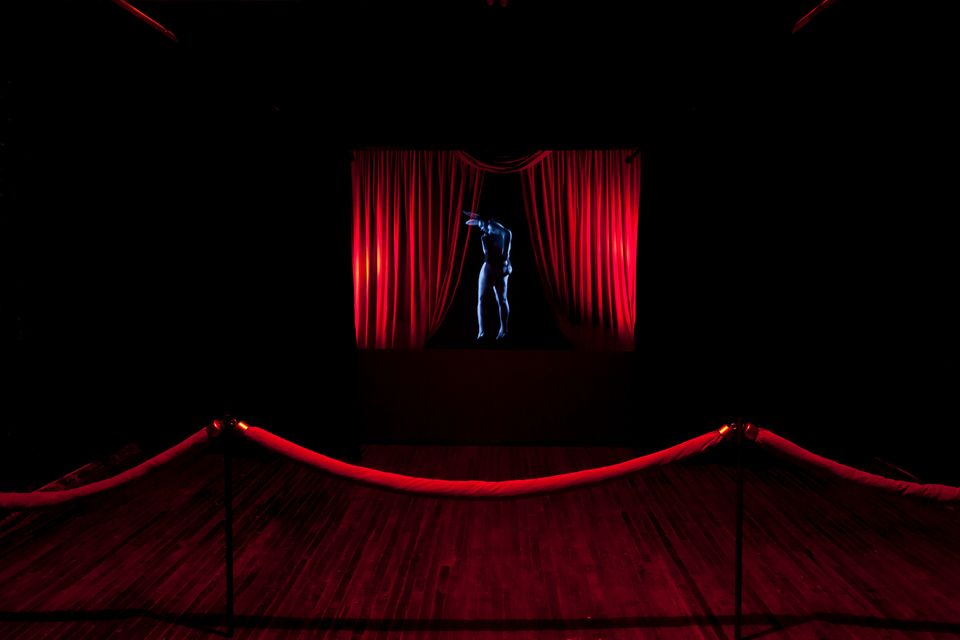Artwork Details
- Title
- The Tragedy of Hiroshima, from the series Constructing History
- Artist
- Date
- 2008
- Location
- Not on view
- Dimensions
- 61 × 51 in. (154.9 × 129.5 cm)
- Copyright
- © Carrie Mae Weems. Courtesy of the artist and Jack Shainman Gallery, New York.
- Credit Line
- Museum purchase through the Luisita L. and Franz H. Denghausen Endowment
- Mediums Description
- archival pigment print
- Classifications
- Subjects
- History — Japan — Hiroshima
- Japanese
- Figure group — female
- Object Number
- 2022.48.2
Artwork Description
As a visiting professor at the Savannah College of Art and Design in 2008, Carrie Mae Weems marked the fortieth anniversary of Dr. Martin Luther King Jr.'s death by producing this photographic series with her students. Together, they reconstructed key moments of the 1960s, as well as images and events related to the broad subjects of civil and human rights.
The photographs are constructions, literally and metaphorically. The ever-present mechanism of their staging speaks to the constructed nature of all photographs, reminding viewers that seemingly neutral elements such as lighting and framing are, in fact, never neutral. In several, Weems and her students restaged iconic images from the canon of photojournalism, recalling the image-saturated news coverage of events like the assassinations of John F. Kennedy and Martin Luther King.
They also used compositional tropes from Western art history. For instance, The Tragedy of Hiroshima, a re-staging of W. Eugene Smith's Tomoko in Her Bath, Minamata, Japan (1972), was framed as a Pietà, in Christian art a representation of the Virgin Mary holding the body of her deceased son. Here, part of Weems's idea for "constructing" histories was to situate familiar images like Smith's in relation to other images of trauma, linking two historically adjacent moments when mothers wept over their children. Images of traumatic events like Smith's may wound viewers at first, but their impact is blunted by time and repetition. Weems's reenactments reopen the wounds of history. They do so as a means of processing, reflecting, and laying those wounds to rest. They enact a kind of reconciliation, with and through images.

